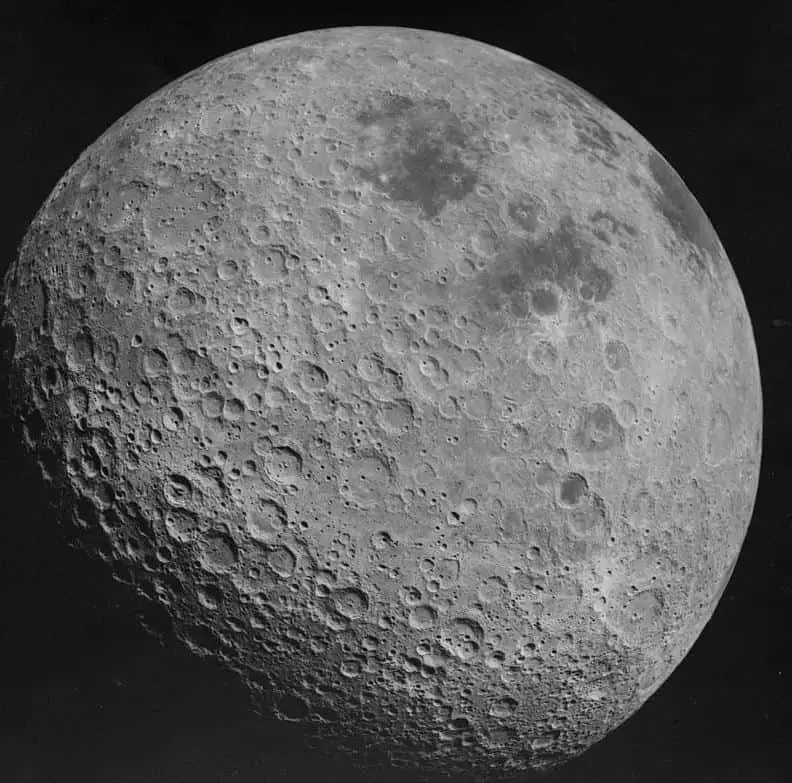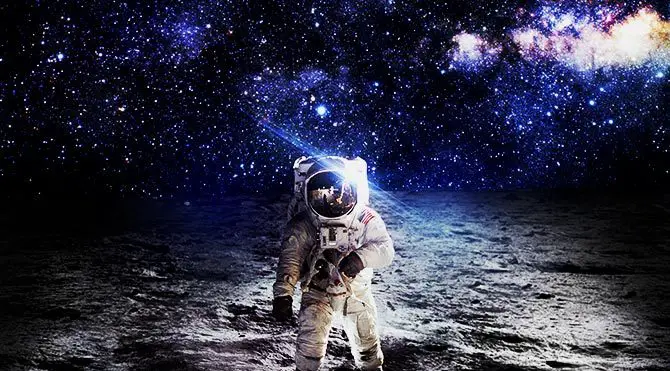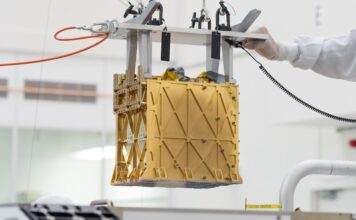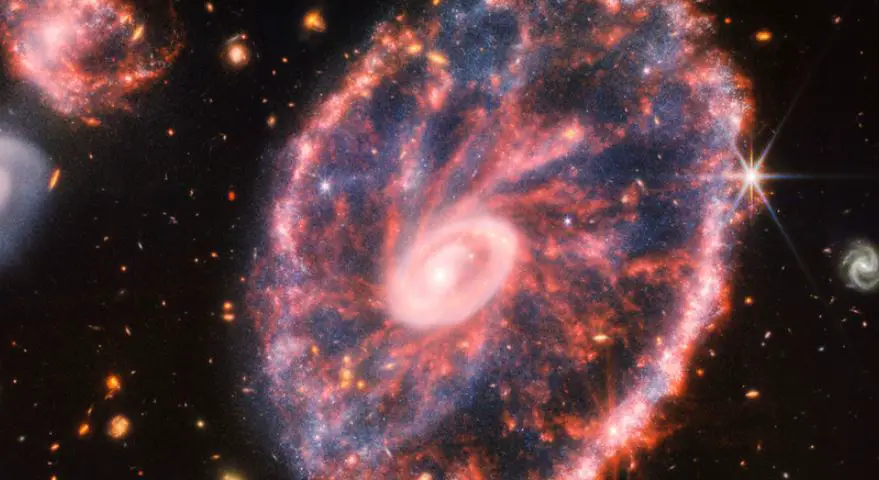We always see the same side of the Moon and that is because our natural satellite takes the same time to go around on itself as it does to go around the Earth.
The Moon, the Earth’s natural satellite, has a particularity that has always aroused curiosity.
The dark side of the moon

From night to night, regardless of the season or the hemisphere from which we observe it, the Moon always shows us the same face. An enigmatic phenomenon? Not really since it is simply due to the fact that its period of rotation is equal to its period of revolution, i.e. a little over 27 days. In other words, the Moon rotates on itself and, at exactly the same time, around the Earth.
The first men who were able to directly observe the dark side of the Moon were the crew members of Apollo 8 who circumnavigated the Moon in 1968.
Rotation and Revolution Periods
What might look like a coincidence actually has a physical explanation. This synchronism between periods of rotation and revolution is the result of tidal forces acting within the Earth-Moon couple.
Millions of years ago, the Moon revolved faster around itself than it did around the Earth. Gradually, the tidal forces slowed down its rotational motion until it reached a point of equilibrium and had the same period as its revolution motion.
Extreme heat and changes in gravity
Matt Jones, a lead author of the moon studies and researches, emphasizes that no matter how the South Pole-Aitken formed, it ends up concentrating these heat-producing elements on the near side. According to the researchers, this extreme heat led to a concentration of potassium, phosphorus and heat-producing elements like thorium.
To date, this is exactly the composition found by scientists in lunar rock samples from the visible side. On the other hand, the reason why this side of the Moon reacted more was certainly caused by slight changes in gravity.
In all of the scenarios the researchers examined, the southern hemisphere’s upper mantle warmed up and began to flow toward the northern hemisphere, thus traveling through the near side.
Meanwhile, the upper mantle on the far side of the Moon remained too cold to distribute the same material in the same way. This difference could very well have generated the asymmetry observed on both sides of the Moon.




